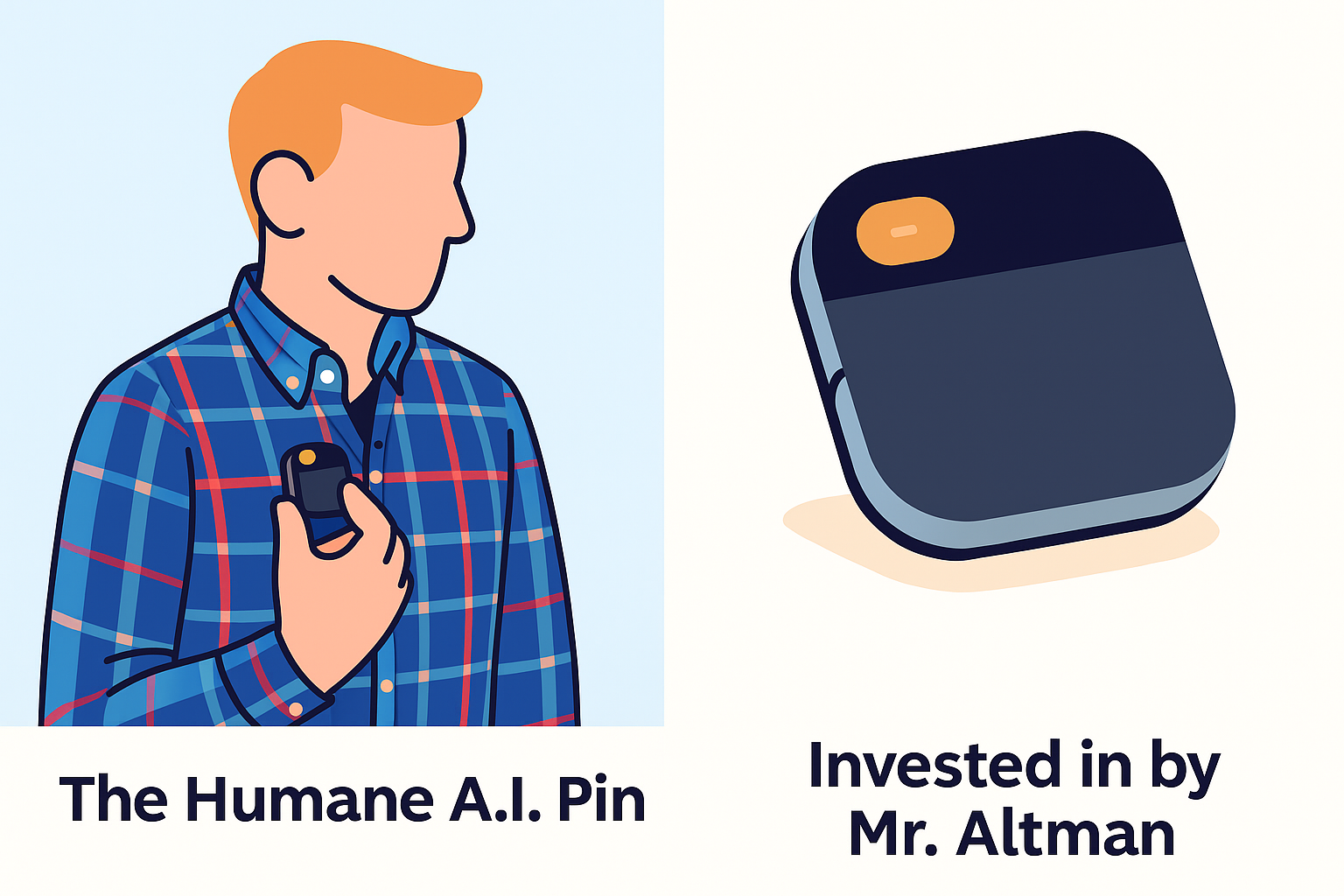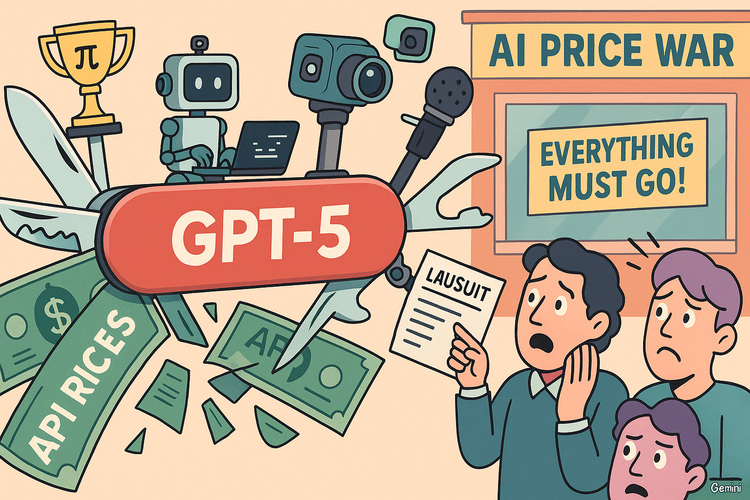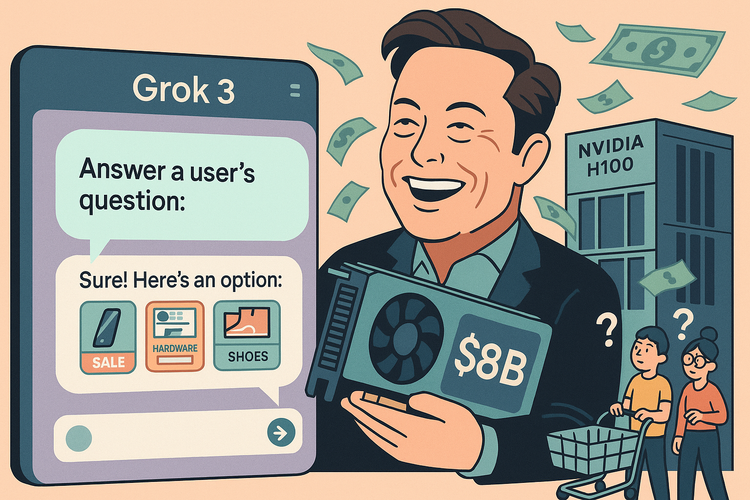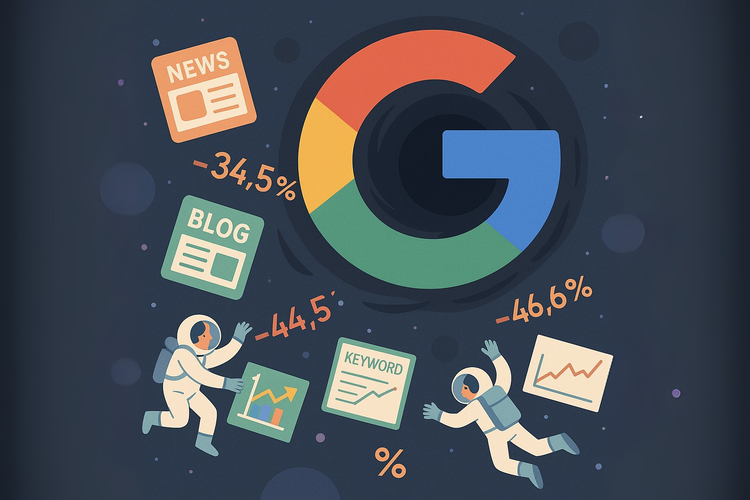OpenAI Acquires Jony Ive’s Startup to Build the iPhone of the AI Era

Summary
OpenAI just bought Jony Ive’s design startup for $6.5 billion.
Their goal? To invent the next big thing after the smartphone—AI-native hardware.
Here’s what this means for the future of computing—and who stands to win.
Introduction
In a move that could reshape the future of hardware design and AI interfaces, OpenAI has acquired “io,” a hardware startup founded by legendary Apple designer Jony Ive, for $6.5 billion. This is OpenAI’s largest acquisition to date and signals a bold step into ambient computing—where AI blends seamlessly into everyday life.
The acquisition brings in a 55-member design and engineering team, including former Apple veterans like Evans Hankey and Tang Tan, with Ive’s own studio, LoveFrom, set to lead OpenAI’s overall design direction.
![OpenAI CEO Sam Altman (right) and former Apple chief designer Jony Ive (left) [Source: OpenAI Website]](https://thetrendfoundry.com/content/images/2025/06/image.png)
The Numbers Behind the Shift
- Acquisition Price: $6.5 billion
- Design Talent: 55 members from Apple’s core industrial design team
- Vision: A post-smartphone AI hardware device
OpenAI CEO Sam Altman described the initiative as a chance to create "the first truly new computing device in 20 years." Ive echoed that sentiment, citing fatigue from smartphone overconnectivity and a desire to design something more human-centric.
What They're Building: Ambient AI Devices
While details remain under wraps, early speculation points to wearable pendants or AI glasses—devices that continuously process voice, image, and environmental data to interact naturally with users. These “ambient computing” interfaces are designed to exist in the background, offering help without demanding attention.
OpenAI’s past investment in Humane—maker of the voice-first “AI Pin”—further hints at their hardware vision: lightweight, voice-first, screenless experiences that may eventually replace smartphones altogether.

Why It Matters: Apple DNA Meets AI
Jony Ive helped shape the iMac, iPhone, and Apple Watch. His minimalist, intuitive approach may now become the foundation for OpenAI’s product strategy. But this isn't just design mimicry—it’s a convergence of Apple’s emotional UX philosophy with OpenAI’s generative AI technology.
Apple, meanwhile, has taken a cautious stance toward generative AI, focusing on its internal LLM “Ajax” and offering no major AI hardware roadmap—at least for now.
This gives OpenAI a head start in defining the “iPhone moment” of the AI era—one where hardware, software, and developer tools are vertically integrated.
Strategic Implications
1. Surge in Demand for Next-Gen Hardware Components
AI wearables will require compact, high-efficiency components: sensors, mics, cameras, batteries, and displays. South Korean component makers, known for quality and miniaturization, could find new opportunities here.
2. UX/UI Design Partnerships Will Rise
The success of AI devices will hinge on intuitive, emotionally resonant interfaces. Jony Ive’s involvement signals demand for high-end UX/UI design—an opening for creative studios and design-forward startups to co-develop compelling user experiences.
3. Reignited Competition with Apple
Should Apple respond with a rival device, we may see intensified competition across AI hardware platforms. This could redraw supply chain maps, offering entry points for high-performance, custom-component providers.
4. New Regulatory Standards for AI Hardware
AI-integrated devices face emerging compliance hurdles around transparency, algorithm accountability, and user control. Firms aiming to export AI hardware will need early-stage design strategies that factor in upcoming regulations in the U.S. and EU.
Takeaways
- OpenAI is building a post-smartphone device with Apple’s top design talent.
- Ambient computing is emerging as a real-world AI interface, not just a concept.
- Global competition in AI-native hardware is accelerating—and so are supply chain opportunities.
- Companies must prepare for tighter AI device regulations in global markets.



